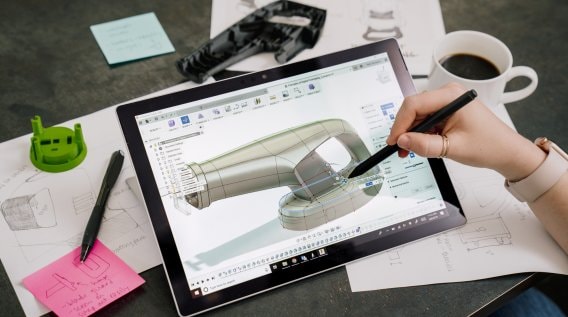Summary
Digital transformation is a global phenomenon, helping businesses realize many benefits and widespread innovation. But you must proceed with caution to reap the full rewards of any digital changes.
Start at the end by defining your primary objective for your digital transformation initiative. This goal usually refines an existing business process and, once finalized, should be communicated across your organization to help buy-in.
Break your entire implementation into clear steps, identifying the value each one brings to the organization. If possible, identify metrics to measure this increase in value and define the criteria of success for each stage so you can clearly communicate both the added value and progress you are making during your digital initiative.
You must take into account the people, process, and technology changes to enable digital transformation. While technology is the key enabler to change, you need the right people and clear processes in place for your initiative to succeed.



